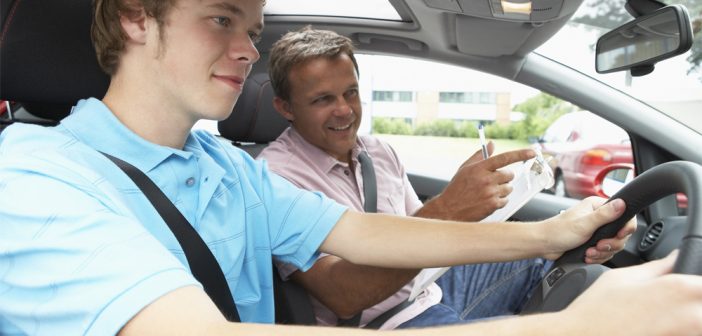According to research by accredited companies, approximately 2,333 teens between the ages of 16 and 19 were killed in 2015 due to a deadly motor vehicle accident. These heart-wrenching statistics should urge parents to make sure that their teenager knows the best driving techniques before obtaining his/her license.
Keep these Important Tips in Mind
Knowing the appropriate skills to operate a car takes time and practice. Here are some basic rules to consider before embarking on this journey with your teenager:
- •Set measurable and realistic goals: Instead of long driving sessions that last thirty or more minutes, consider limiting the practice time to only 15 or 20 minutes.
•Only practice during good conditions: When first learning to drive, have your teenager practice only during daylight hours and avoid driving during bad weather conditions. When your teenager masters the basic skills of driving, you can proceed to practice in less than ideal conditions like rain, fog, and snow.
•Be aware of your surroundings: A new driver is unlikely to actively observe his/her surroundings. As an experienced driver, you understand the importance of having 360-degree awareness at all times. Whenever you are in the car with your teenager, set a good example by constantly monitoring all four sides of the car.
•Set a good example: Your new and inexperienced driver is watching every move you make. If you tend to run red lights or change lanes too quickly, your teenager is prone to mimic your driving behavior. A good rule of thumb is to drive the way you want your teenager to drive.
Get Comfortable with the Vehicle
While you are keeping all of these key tips in mind, you can begin the journey by taking a tour of the vehicle with your teen. Make sure that your teen is familiar with these important controls and features in the car.
- •Brakes
•Windshield wipers
•Steering wheel
•Seat belt
•Pedal
•Turn signals
•Mirrors
•Headlights
•Dashboard controls
Teach the Basic Skills
The best place to teach your teen basic driving skills is on quiet streets or an empty parking lot. Consider using this beginner driver checklist to get started:
- •Using left and right turn signals
•Checking blind spots in side mirrors
•Parking in a space
•Driving the speed limit
•Maintaining a safe following distance
•Crossing through intersections and four-way stops
•Braking and accelerating smoothly
Proceed to More Advanced Skills
These advanced skills can be learned after your teenager is proficient in the basic skills.
- •Driving on the highway
•Making a safe U-turn
•Passing a vehicle efficiently
•Mastering the parallel park
•Merging into traffic
Once these advanced skills are mastered, your teenager can begin to accomplish these tasks during challenging road conditions (driving during the night, fog, snow, or rain.)
Educate New Drivers on Emergency Situations
Along with knowing basic and advanced driving techniques, teenagers should also know how to response to emergency situations. The most common emergency scenarios include: a flat tire, an accident, object on the road, and hydroplaning. In most cases, new drivers should remain calm and then precede contact the police, insurance company, and/or an emergency roadside assistance. Teenagers should also know that an emergency situation can be resolved a lot smoother when the vehicle’s insurance and registration can be easily found in the glove department.
Always Make Safety a Priority
Most car accidents are not really accidents at all, they stem from human behavior that can be prevented like drinking and driving or texting. Knowing this, parents should emphasize the importance of driving safely by being a defensive driver. Here are some ways to make safety a priority:
- •Always wear a seatbelt
•Assume that neighboring cars will make a mistake
•Never text or talk on the phone while operating a vehicle
•Adhere to traffic laws and road signs
•Don’t drink and drive
•Avoid driving with friends in the car for at least six months
•Reduce speed when approaching cyclists and pedestrians
New drivers should also keep safety items in their car. The most useful items to have in a car include a flashlight, tire gauge, spare tire, batteries, snack foods, water, GPS, a small tool box, and a road safety guide.
Review Maintenance Requirements
Teaching your teenager to take care of a car is another important step in the process. Make sure that your new driver knows when to get an oil change, rotate/change tires, fill the tank with gas, and check tire pressure. Maintaining a car free of clutter and trash is also a great idea.
Although teaching your teenager to drive can be a scary thought, the process doesn’t have to be challenging. Once you know the general steps that you need to take, the driving journey will be less stressful. In order to alleviate some anxiety about their child driving alone, many parents implement a curfew when their teenager receives his/her license. Since accidents are more prone to occur between 9 pm and 2 am, you might want to enforce a 9 pm curfew. Reward good driving by offering a free car wash, filling the car with gas and granting a later curfew. Not only will balancing rules with rewards encourage personal responsibility, but this system will also promote great drivers.








